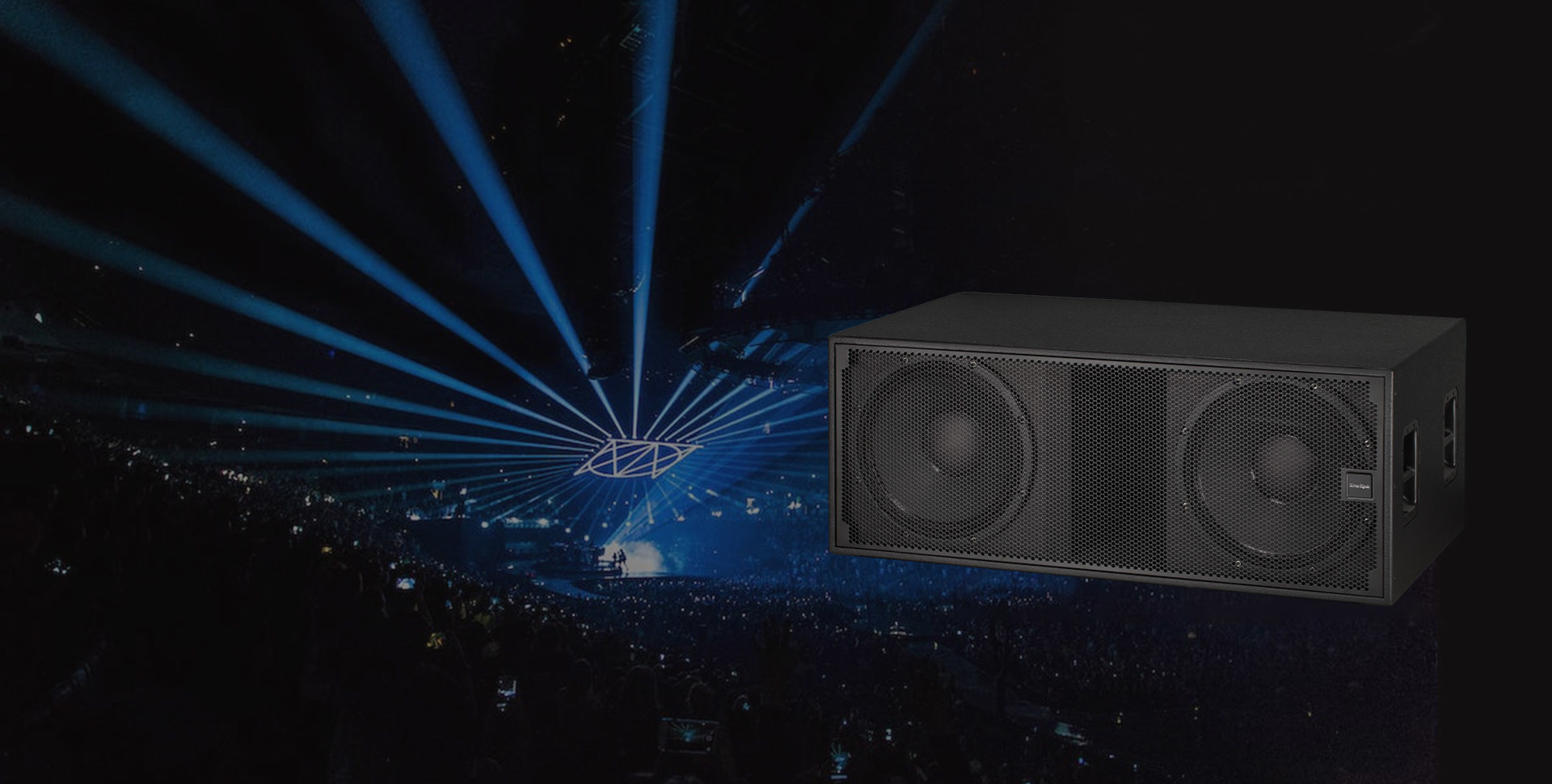How to quickly and effectively eliminate noise in a professional audio system?
2022-12-26
As we all know, the noise problem of loudspeaker sound systems such as stage performances and live sound reinforcement is a common and headache. The noise produced by a set of sound systems is different. It can come from many sources. Sound engineers should analyze and judge more complex situations and deal with them separately. General noise can come from three aspects: first, the device is not connected correctly; The second is improper connection of equipment. The other is the inherent noise of the device itself; The third is the interference noise of the power supply.
Tip 1: Eliminate noise caused by improper connection of your device
In audio systems, there are a wide range of problems with device interconnection. If the connection is not correct, the system indicator will be reduced and noise will be generated. When connecting, do the following:
Impedance matching: In the online array audio system, almost all devices use the jumper method, that is, the output impedance of the device is designed to be very small, and the input impedance is large. This is because in a system, unless the signal is transmitted over long distances, it is often considered a short line. Moreover, the signal level is low, requiring high-quality signal transmission, and the change in load basically does not affect the signal quality.
The above requirements can be met when the signal source is designed as a constant voltage source or when the load is much larger than the internal impedance of the signal source. In fact, the impedance of professional audio equipment is designed according to the above principle, and the device interconnection adopts jumper method, that is, the impedance matching of audio equipment.
When designing sound reinforcement systems, impedance is often not a concern. However, when the output of one device needs to be connected to multiple devices, that is, when the signal source drives multiple loads, an active or passive audio signal divider must be used to meet the device impedance matching requirements (if there are two devices, it is usually possible to connect directly to the output terminals of the previous device).
The power amplifier and the speaker are connected according to the nominal output impedance and input impedance of the speaker. The output impedance of the power amplifier is available in 4Ω and 8Ω and can be connected to either a 4Ω speaker or an 8Ω speaker. When connected to a 4Ω speaker, the output power of the power amplifier is greater than 8Ω. Two 8Ω speakers can be connected in parallel to the output of the power amplifier, which is the 4Ω operating condition.
Tip 2: Eliminate the inherent noise of the device itself
The audio system consists of multiple devices, such as microphones, DVD players, mixers, effects, equalizers, compressors, exciters, electronic dividers, power amplifiers, speakers, etc. Every device has the potential to be a source of noise. In order to discover and determine the unit that generates noise, it is necessary to detect the inherent noise of each unit.
Turn on the audio system: The boot sequence progresses step by step in the order of the signal flow. When turned on, the speaker makes noise. First, you can turn off the power of the wireless microphone receiver to identify if there is noise. If the noise disappears, it indicates that the noise is generated by the wireless microphone receiver; If there is still noise, it indicates that the noise is not generated by the wireless microphone receiver. You can check other units.
Tip 3: Eliminate disturbing noise from the power supply
Noise interference of light thyristors: On stage, the biggest interference of power supply noise is the noise of light thyristors, because the brightness and intensity of lights in theaters and dance halls do not change by changing the voltage from 0 to 220V. , but through the electronic circuit to control the thyristor conduction angle, change the AC sine wave conduction area, and realize the control power transmission change.
As a result, the sinusoidal-f sinusoidal waveform in the power supply becomes jagged, and a noticeable 50Hz ripple is generated in the power supply. When it appears in the sound system, a noticeable noise appears. In order to eliminate the interfering noise of thyristors, the most effective method is to provide two phases of three-phase power supply for light use, and use the other phase as a dedicated audio system. In this way, interference from optical SCR can be avoided.
Related News
1. Speaker Speaker surface do not use wet cloth wipe, because the horn surface moisture is too heavy, will affect the durability of the unit and timbre, after wiping with dry cloth, with bilu bead spray wax spray dry cloth, wipe two can form a protective film, the appearance is much more bright.
2023-04-17
Professional audio system failure analysis and troubleshooting
Currently, there are many types of professional audio equipment. Inevitably, there will be various errors when using so many devices. Some are faults of the device itself (hard failures), and some are man-made failures caused by improper use (soft failures). In general,
2022-04-13
Contact Us
4th Floor, Building 2, Shuncha Xiehe Audio Industrial Park, Shuncha Village Committee, Dong'an, Enping City



